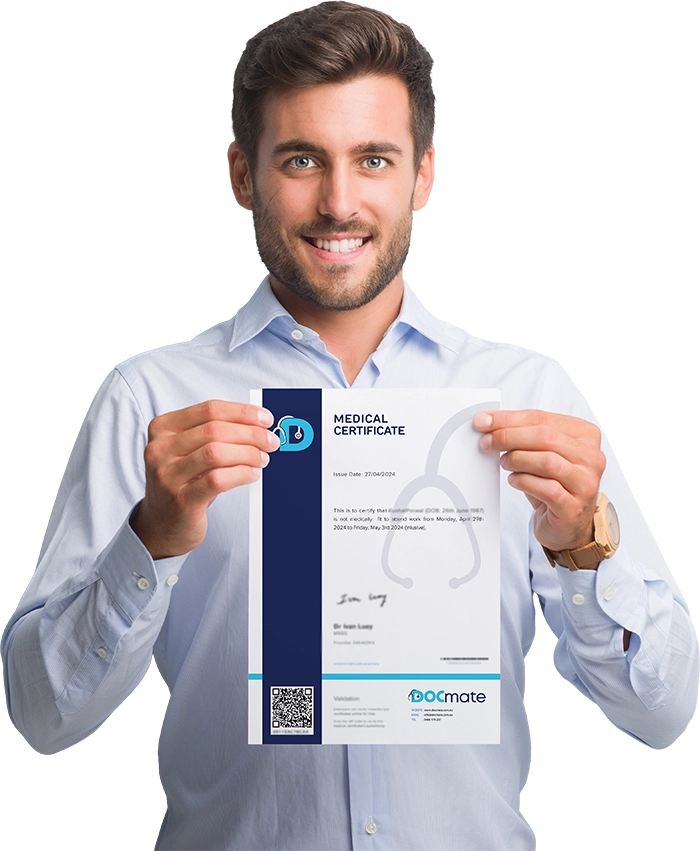
Introduction:
As pet owners, one of the primary concerns regarding our dogs’ health is ensuring they are well-fed and adequately nourished. However, there may be situations where your dog might refuse food or experience a lack of appetite. In such cases, it’s natural to wonder, How long can a dog go without food? This is a crucial question that requires understanding the limits of canine biology, the potential risks, and the steps you can take to protect your furry friend.
Understanding:
The answer to how long a dog can go without food varies depending on several critical factors, including the dog’s overall health, age, size, and the presence of any underlying conditions. A healthy dog can typically go three to five days without eating. However, this is not ideal, and extended periods without nourishment can lead to severe health complications, such as organ failure, dehydration, and even death.
Factors Influencing How Long Can a Dog Go Without Food:
When considering how long a dog can go without food, several factors must be considered. These include the dog’s age, breed, activity level, and general health. A puppy or an older dog might not be able to survive as long without food as a young, healthy adult dog. Similarly, small breeds may have higher energy needs and could succumb to the effects of hunger more quickly than larger breeds.
- Health Status: Dogs that are ill or have existing health problems such as diabetes, kidney disease, or heart conditions may not survive for long without food. Their bodies are already under stress, and the lack of food will only worsen their condition. In these cases, it’s critical to seek veterinary attention as soon as you notice a change in eating habits.
- Age: Puppies and elderly dogs are more vulnerable than healthy adults. Their bodies are not as resilient when deprived of food and water and can deteriorate rapidly. Puppies, in particular, have a faster metabolism and higher energy demands, making them more susceptible to the dangers of going without food.
- Hydration: While it’s essential to consider how long a dog can go without food, it’s equally crucial to consider how long it can go without water. Without food, a dog can live longer than one without water. Dehydration can quickly lead to severe health issues, so it’s essential to ensure your dog always has access to fresh water, even if it is not eating.
The Risks of Going Without Food:
Now that we’ve answered how long can a dog go without food, it’s essential to understand the risks involved. While a healthy dog may survive a few days without food, the effects of food deprivation can be harmful long before that time frame. Some of the dangers include:
- Muscle Wasting: When a dog doesn’t have food, the body begins to break down muscle tissue to provide energy. Over time, this can lead to muscle wasting, weakness, and a decline in overall health.
- Organ Damage: Prolonged lack of food can affect vital organs like the liver and kidneys. These organs are essential for filtering toxins and maintaining overall health, and their failure can be life-threatening.
- Immune System Suppression: Without proper nutrition, a dog’s immune system becomes weakened. This makes it more susceptible to infections and other illnesses that a robust immune system would typically fight off.
- Behavioral Changes: When a dog is hungry or malnourished, it may become lethargic, irritable, or aggressive. Its mood and behavior will significantly change as its body struggles to cope with the lack of food.
Signs That Your Dog Needs Immediate Attention:
While you may be wondering how long can a dog go without food, it’s essential to pay close attention to any signs that your dog might be in distress or suffering. If your dog has not eaten in 24 to 48 hours, observing their behavior and watching for warning signs is essential. Here are a few indicators that your dog could require medical care:
- Severe lethargy or weakness
- Persistent vomiting or diarrhea
- Excessive panting or drooling
- Rapid weight loss
- Refusal to drink water
If you notice any of these symptoms, it is critical to contact your veterinarian immediately. They can evaluate your dog’s condition and provide necessary treatment to address the underlying cause of its loss of appetite.
How to Get Your Dog to Eat Once More?
If your dog refuses food, the question of how long a dog can go without food might become more urgent. You may want to try a few strategies to encourage your dog to eat. Here are some tips that can help stimulate their appetite:
- Offer Wet Food: Sometimes, dry kibble is not appealing to a sick dog. Try offering wet food or homemade dog food, which might have a stronger aroma and flavor.
- Use Broth: Adding low-sodium broth to their food can make it more enticing and provide additional nutrients.
- Hand Feed: Sometimes, feeding your dog by hand can help, providing a more personal touch that might encourage them to eat.
- Minimize Stress: Stress can cause a dog to lose its appetite. To promote eating, try keeping your dog in a calm, quiet environment.
When to See the Vet?
If your dog hasn’t eaten in 48 hours, seeking veterinary help is crucial. A professional can assess how long can a dog go without food in your specific case and determine the best course of action. Prolonged fasting can lead to life-threatening conditions such as hypoglycemia, liver disease, and gastrointestinal problems. Preventing these problems requires early intervention.
Your veterinarian may perform tests, such as blood work or imaging, to determine the underlying cause of your dog’s loss of appetite. They may also administer fluids to rehydrate your dog, provide medications to treat infections, or recomend a specialized diet to address nutritional deficiencies.
Conclusion:
In summary, the answer to how long can a dog go without food depends on various factors such as health, age, and size. While a healthy dog might survive for 3 to 5 days without food, this is not ideal, and prolonged food deprivation can cause serious harm. If your dog hasn’t eaten for 48 hours, it’s essential to contact your vet immediately for guidance. A proper diagnosis and timely treatment can make a significant difference in ensuring the health and well-being of your beloved pet. Constantly monitor your dog closely and provide the care they need to stay healthy and happy.
READ MORE: Jacuzzi J-365 Controller 850 LCD Factory Reset P/N6600-092 Rev. D


